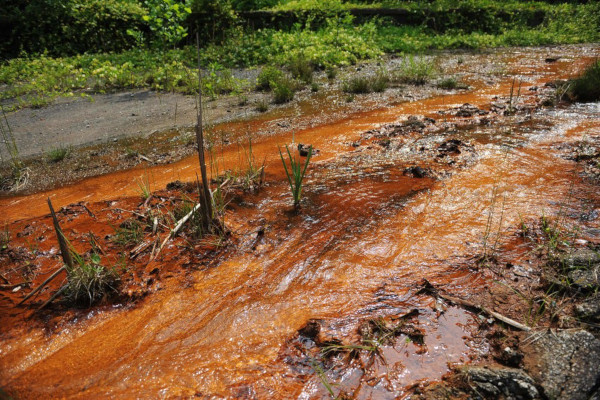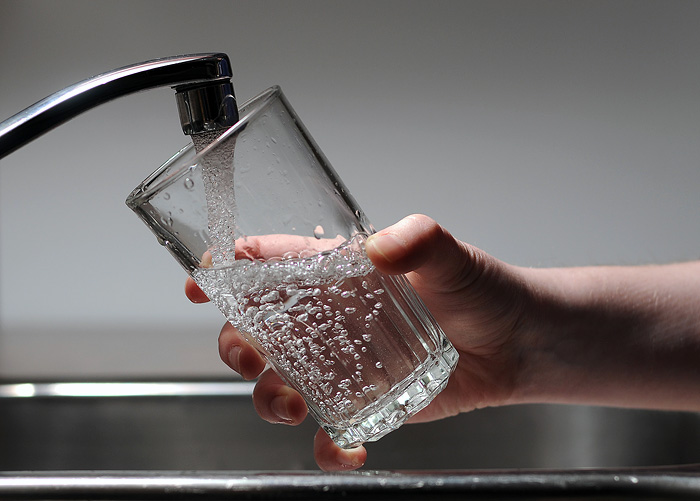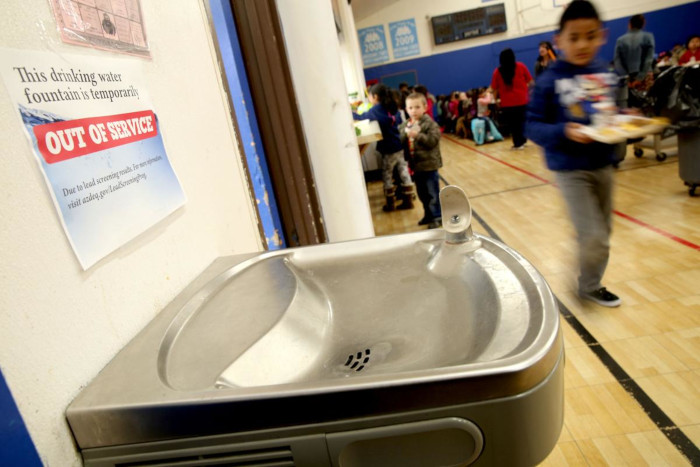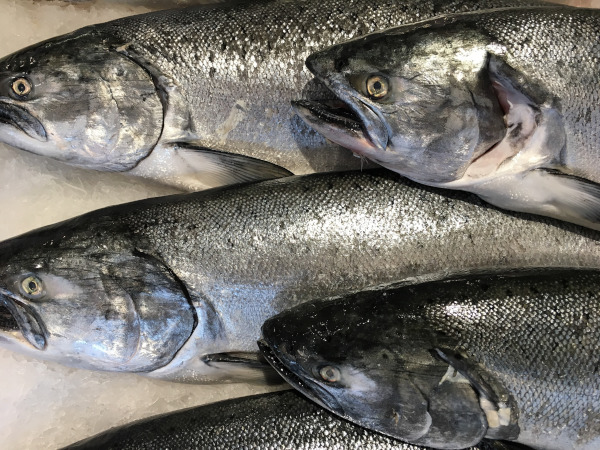Sparsely populated, low-income communities across the country suffer from polluted water
Pure Hydration removes >99.9% of over 215 harmful water contaminants providing you with clean, alkaline antioxidant drinking water. https://liveright.world/shop/pure-hydration-alkaline-water-ionizer/
“I’ll be honest with you,” said Gary Michael Hunt. “You never know when you go in there and turn on the faucet if you have water, or if you ain’t going to have no water.” Hunt, a former coal miner who lives in Martin County, Kentucky, said he has had reliability and safety issues with his drinking water for about 25 years—including water permeated by excessive amounts of disinfectant chemicals. “The water stinks. It’s cloudy-looking,” he explained. Hunt’s not alone: More than a thousand of his neighbors in Martin County regularly have to deal with creaky faucets that sometimes spew liquids of various scents and hues.
The county water board says these issues stem from old, busted-up water infrastructure and a “bleak” financial situation. To solve it, the board proposed raising water bills. That did not go well.
When people think of water crises, they tend to think of big cities like Flint, Michigan, or Cape Town, South Africa. These places understandably attract the most attention, because one faulty system in an urban area can affect vast numbers of people at once. But, in reality, most health-based violations of drinking-water standards occur outside of big cities, in places like Martin County: small, poor, out of the way. Of the 5,000 drinking-water systems that racked up health-based violations in 2015, more than 50 percent were systems that serve 500 people or fewer. In those small areas, who is going to raise hell except for the people affected and maybe the local paper?
Put all these systems together, however, and rural America’s drinking-water situation constitutes a crisis of a magnitude greater than Flint, or any individual city. From Appalachian Kentucky to the Texas borderlands, millions of rural Americans are subject to unhealthy and sometimes illegal levels of contaminants in their drinking water, whether from agriculture, or coal, or plain old bad pipes. And as the economic gap separating rural America from its urban and suburban counterparts continues to grow, this basic inequality is set to become more entrenched—and possibly more dangerous, as sickness seeps into rural America.
Often, the very industries that provide a community its economic backbone are what’s damaging or even poisoning its water supply. In Martin County and other communities across Appalachia, that industry is mining. “A lot of people in Kentucky actually get their water from wells that are sunk into flooded, abandoned mines,” explained Erik Olson, a policy analyst for the Natural Resource Defense Council. “That water quality is horrific because the mines are loaded with heavy metals.”
Other communities, from West Virginia to North Carolina, trace their water problems to the waste produced from burning coal, which is often stored in liquid ponds that have a tendency to spill and leak. In West Virginia, some say accidents affecting the water supply have become a fact of life. “Seems like whenever something happens, we just shrug our shoulders and go about our business,” wrote Dustin White, a self-described “11th generation Appalachian native” raised in Boone County who is now an organizer for the Ohio Valley Environmental Coalition. “Local media may talk about it for a day or two, then it just seems to disappear.”
Toxic water may disappear from the headlines, but not from the bodies of local residents. Some research links mountaintop-removal mining to carcinogens in local groundwater that can lead to cancer, heart disease, and birth defects, which means thousands of families, especially those who rely on well water, live with constant anxiety about long-term health problems. Unsafe water takes a kind of shorter-term psychic toll as well. Hannah Bowen, an 18-year-old student at the University of Kentucky in Lexington, has lived in Martin County her whole life and has suffered from severe acne. A common teenage problem, she thought—until she moved away for college and it cleared up. “Every time I visit home and use the water, I notice my face breaking out again,” she said. In towns with water issues, every illness seems mysterious, leaving most people with a kind of free-floating fear.
Large-scale agriculture is the contamination culprit in many other rural areas: Nitrogen-based fertilizer slides off of farmlands and into the nation’s freshwater systems. The tap water in Pretty Prairie, Kansas, for example, “has exceeded the Environmental Protection Agency’s legal limit” for nitrate for more than 20 years, the Environmental Working Group reported in 2017. As a result, the town’s 672 residents have imbibed carcinogens for decades. The Environmental Working Group reports, “Studies by the National Cancer Institute have found that drinking water with just 5 [parts per million] of nitrate increases the risk of colon, kidney, ovarian and bladder cancers.”
Agriculture’s unsavory side-effects also plague the Mississippi River Valley. Colin Wellenkamp, the executive director of the Mississippi River Cities & Towns Initiative, said that communities in Arkansas down to the mouth of the Gulf of Mexico face the most serious nitrate issues, due to bioaccumulation of the nutrients in their water source. (While most nutrient pollution is released farther north, contaminants tend to travel south, where they accumulate and sit near the mouth of the Gulf.) Often, water-treatment facilities are too old to adequately filter out the chemicals. “Some of my cities are facing serious infrastructure issues because that stuff’s been neglected for so long,” Wellenkamp said.
The West Coast isn’t spared, either. “In some parts of California, like the Central Valley, you see both a combination of water-scarcity and water-quality problems, because of over-pumping or because of drought,” Olson said. “They often, unfortunately, go hand in hand, so even if you have water, it’s not fit to drink.”






